Introduction
The American heartland, once known for its vast agricultural lands and picturesque landscapes, has transformed into a dynamic hub of innovation, particularly in the field of life sciences. This transformation is evident in the establishment of 31 Regional Innovation and Technology Hubs (Tech Hubs) across the country, designated by President Biden and Secretary of Commerce Gina Raimondo in October 2023. These Tech Hubs aim to foster the development and growth of innovative industries, including semiconductors, clean energy, critical minerals, biotechnology, precision medicine, artificial intelligence, and quantum computing. By leveraging the region’s proximity to academic centres of excellence, robust financial support, and well-developed infrastructure, these Tech Hubs are poised to transform the heartland into a driving force of American innovation.
“Traditionally, the top 10 destinations for those in health, health tech, and life sciences were predominantly located on the east or northeast coast, with Raleigh and Durham leading the exception. About 30% were on the west coast, and approximately 20% were situated in what I refer to as the heartland. However, with the rise of these tech hubs, we are witnessing a profound shift towards the heartland.” – View the full video here.

Mindy Daeschner
US LS Channel Director, GTM Global
Factors Driving the Rise
Collaborative Ecosystems (Research & Innovation Centers)
Access to top talent, leading edge research, latest equipped laboratories, regional supply chain specialists, leading to breakthroughs while addressing regulatory and ethical challenges through shared best practices. Major corporations and research institutions have established R&D centres in the heartland. This strategic positioning allows for accelerated research and development initiatives, fostering a culture of continuous innovation. Here are some examples:
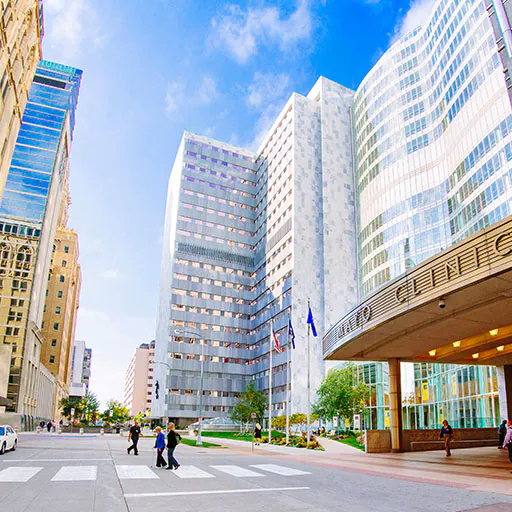
1. New Treatments for Cancer and Other Diseases
The Mayo Clinic Center for Regenerative Medicine (Rochester, MN), Stowers Institute for Medical Research (Kansas City, MO), and Monsanto-Bayer Crop Science Research Center (Chesterfield, MO) are all collaborating to develop new treatments for cancer and other diseases. The Mayo Clinic is providing clinical expertise, the Stowers Institute is providing basic research, and Monsanto-Bayer is providing expertise in agricultural biotechnology.
2. Funding & Clinical Trials
Fred & Pamela Buffett Cancer Center (Omaha, NE) and BioKansas (Lawrence, KS) are collaborating to create a regional bioscience ecosystem. BioKansas is providing funding and support for startups, while the Buffett Cancer Center is providing access to clinical trials.
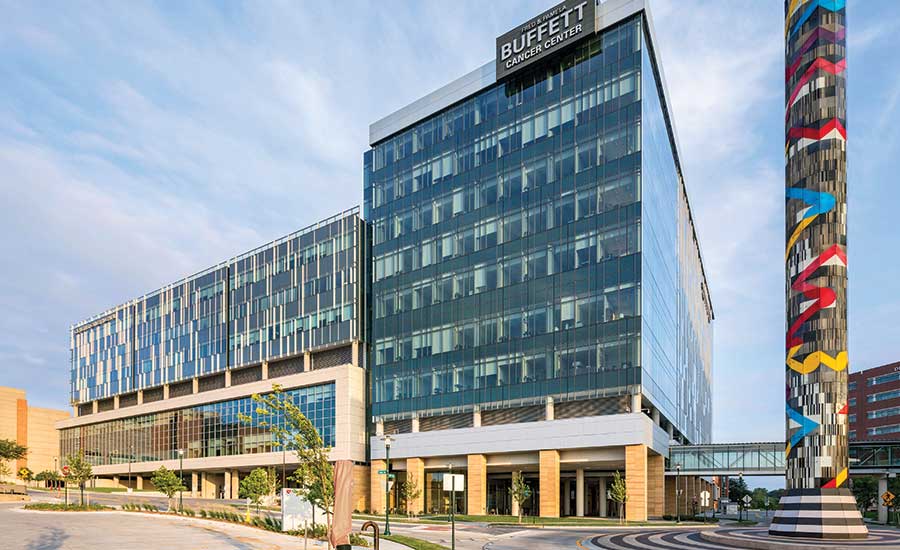
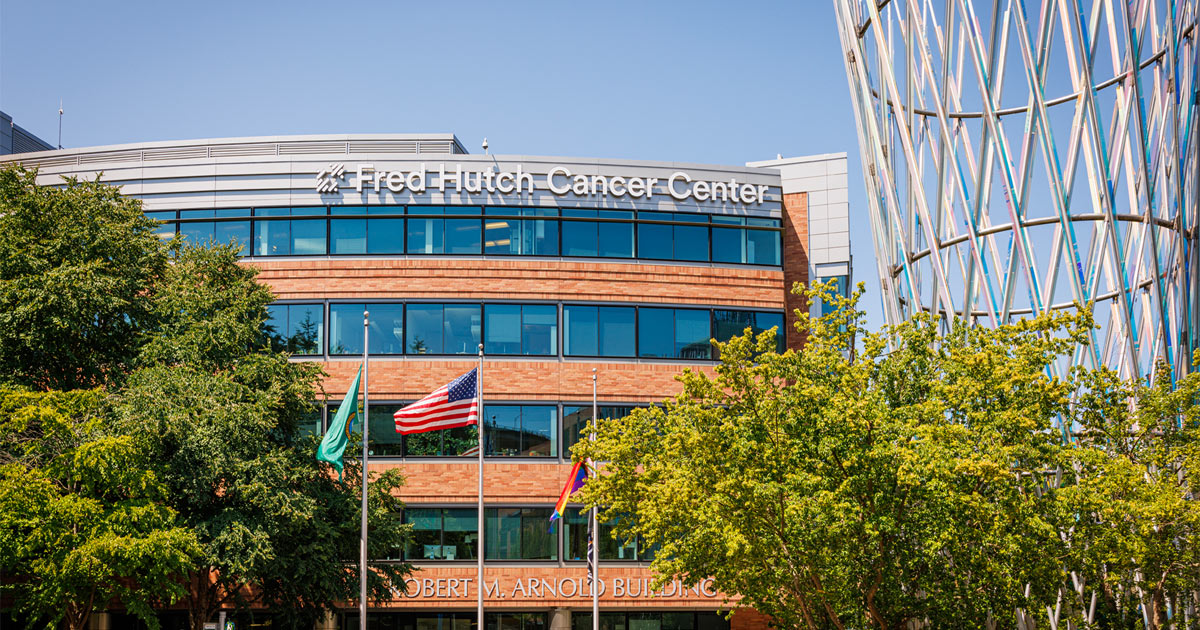
3. Convergence of drug development and cancer research
Fred Hutchinson Cancer Research Center (Seattle, WA) – Regional Extension (Fairway, KS) is collaborating with Kansas City-area companies to develop new cancer treatments. The Fred Hutchinson Cancer Research Center is providing its expertise in cancer research, while the Kansas City companies are providing expertise in drug development and manufacturing.
Cost-effective Business Environment
Recent data highlights the region’s attractiveness through reduced corporate taxes and robust R&D credits, making it a tax-friendly choice. These savings can be used to improve margins, reinvest in growth, and create more jobs. Here are a few examples.
- Real estate: The price of industrial land is $2,500 per acre, versus $10,000 per acre in coastal cities
- Labour: Hourly wage is $20, compared to $23 in coastal cities
- Taxes: Corporate tax rate is 4.8% in heartlands, versus 6.5% in coastal cities
- Utilities: Monthly electricity bill is $100 in heartlands, versus $125 in coastal cities
Academic Excellence & Talent Pools
The heartland region boasts a diverse reservoir of highly skilled professionals and is home to academic institutions specialising in healthcare and life sciences.
Of the nation’s leading-edge (so-called R1) research universities (with 40 of 103 such institutions)
Spend in higher education R&D in 2021
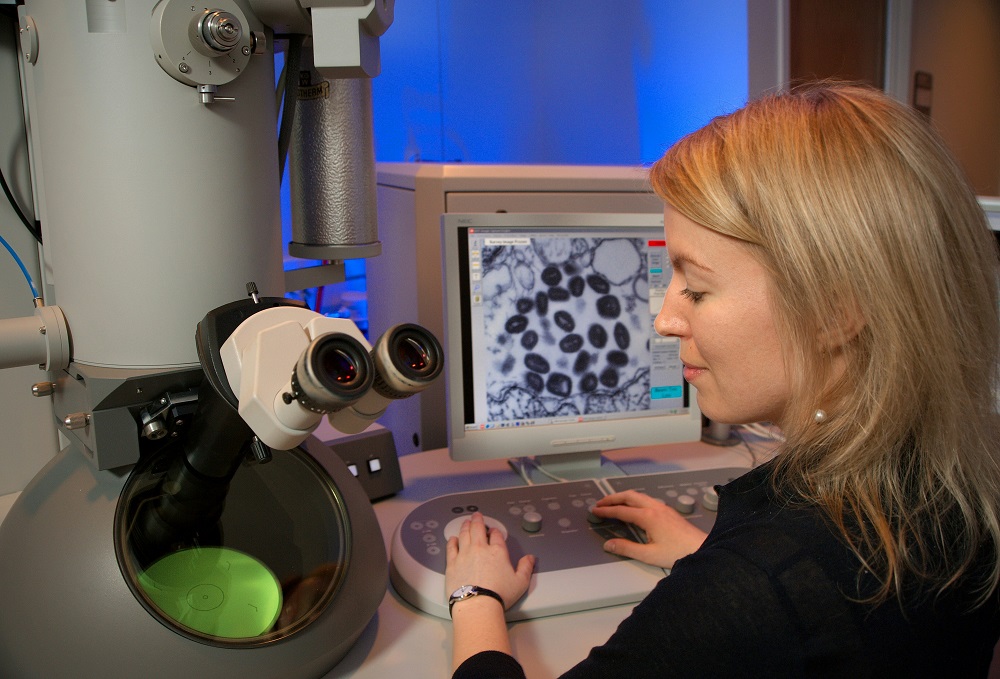
Data on overall higher education R&D spending is from National Center for Science and Engineering Statistics, Higher Education Research and Development Survey.
Biotechnology Clusters in the Midwest

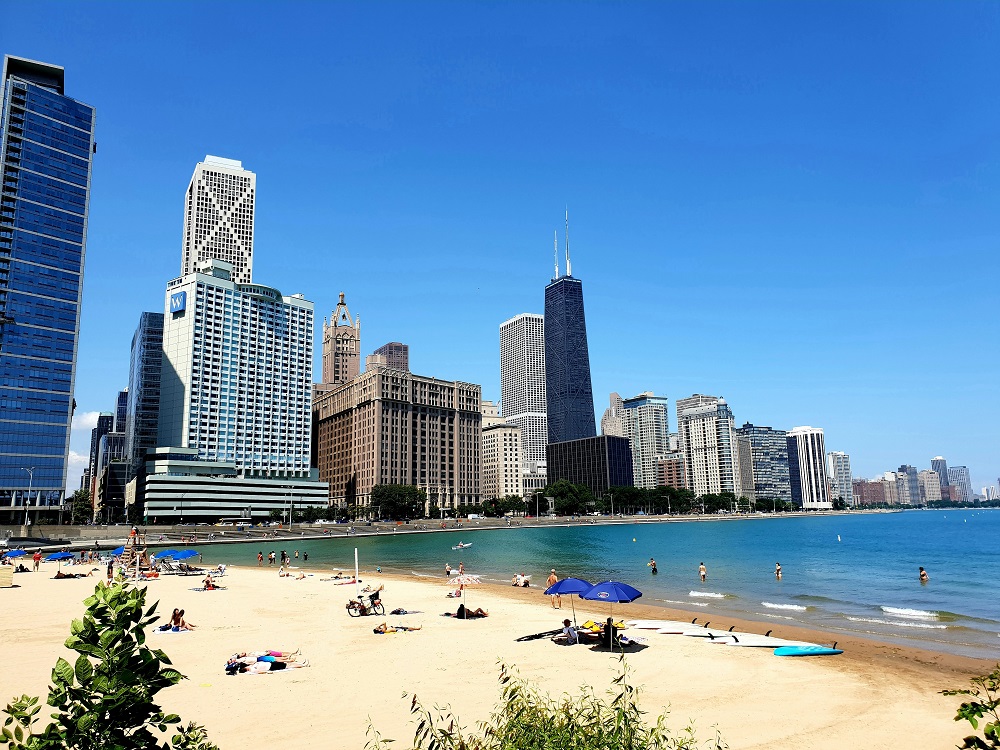
Quality of Life Advantages
The heartlands in the U.S. offer a distinct quality of life with advantages such as affordability, a strong sense of community, and access to natural beauty and outdoor activities. Residents often enjoy a vibrant cultural scene, shorter commutes, and reputable educational and healthcare facilities. The region’s generally lower crime rates contribute to a sense of safety, while diverse housing options cater to individual preferences. With robust job markets and economic stability, the heartlands provide a well-rounded living experience, appealing to those seeking a balanced and fulfilling lifestyle.
Government Incentives for Life Sciences Companies
Conclusion
The U.S. heartland is emerging as a thriving hub for life sciences innovation. The region offers a number of advantages for life sciences companies, including a cost-effective business environment, a strong academic research infrastructure, and a skilled workforce.
The heartland is also home to a number of major biotechnology clusters and research and innovation parks. Looking ahead, the heartland is set to become a global innovation corridor, attracting investments and advancing digital technologies in life sciences—reshaping the industry on a global scale. The region’s journey transcends its borders, solidifying its position as a transformative force in the future of life sciences.
Join GTM Global today and empower your life sciences enterprise to thrive in the U.S. market!.
Discover our wealth of resources, engage in our upcoming Virtual Trade Missions where you will meet our experts on 121 for personalised attention, deeper understanding, tailored solutions to gaining expert insights and developing effective strategies. Explore GTM Global today!

